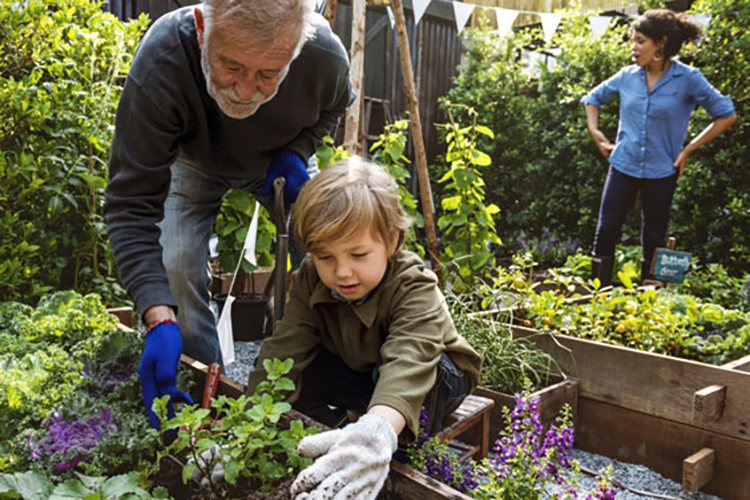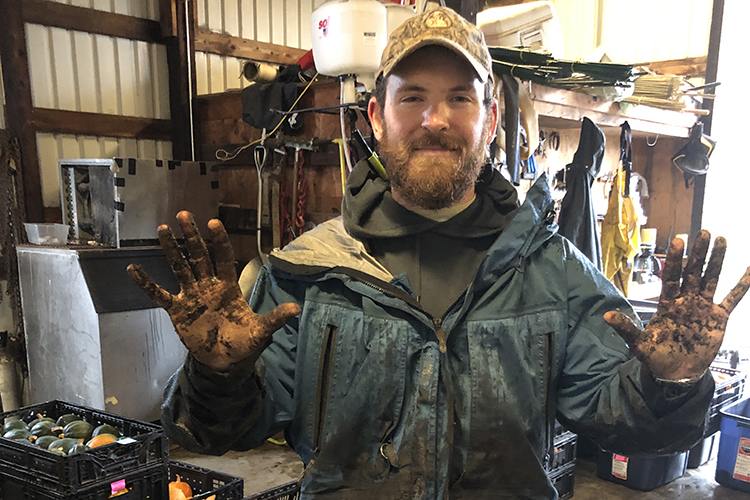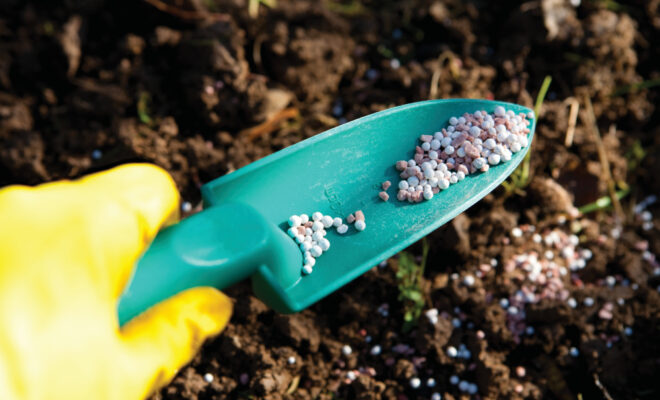
If you’re getting restless from gray skies, cold and snow, put that energy to work by preparing your garden and yard for spring. Partners gardening writer Jan Phipps offers these to-do tips for winter:
1. Prune bushes, trees and vines.
“The leaves are gone, you can see where you’ve got branches that are rubbing, crossing or going in the wrong direction,” says Phipps, an Illinois Extension Master Gardener. “Now is a perfect time (to prune) while the plant is dormant.” Phipps warns there is a big exception: Do not prune your spring-blooming trees and shrubs until after they bloom in spring.
2. Make decisions on your vegetable garden.
“Stay off of it but decide where you’re going to plant and what you’re going to plant,” says Phipps. Follow what most Illinois farmers practice by rotating what you plant in your garden. For example, don’t plant tomatoes where you planted them last year. And plant sweet corn where you planted beans since beans are a legume and fix nitrogen in the soil, which corn needs and loves in order to thrive.
See more: Use the Off-Season to Grow Your Gardening Expertise
3. Get a soil test.
“If everybody else had great vegetables the last year and you didn’t, I’d start with a soil test,” says Phipps. “That’ll show you any (nitrogen, potassium and phosphorus) deficits you have.”

University of Illinois Extension horticulturist Kelly Allsup agrees on the importance of soil testing but realizes it might be easier said than done this time of year, especially in northern Illinois.
“I know I always go to the Illinois State Climatologist blog to find out how deep the soil is frozen,” said Allsup, an Illinois Extension horticulture educator located in the central part of the state. “You do want to go 7 inches down in a soil test because that’s where most of your roots are going to be.”
Allsup encourages you to check with your local Extension office to see if they have soil testing kits available. She serves a three-county area that works with a local soil testing lab to provide kits. You can also find a list of testing labs around the state here.
One of Allsup’s colleagues points out that University of Illinois Extension has a lot of resources online to improve your garden and yard, including a video on how to read a soil test once you receive results.
“One garden, just one garden, can make a difference. Don’t think that you have to change the landscape of Illinois to contribute to pollinator health.”
– Kelly Allsup, horticulture educator with University of Illinois Extension, on the impact you can have on benefiting pollinators.
“It’ll say, so these are generic amounts the three macro-nutrients, nitrogen, potassium and phosphorus, that should be in your soil if you’re trying to grow food or crops,” says Nick Frillman, and Illinois Extension local food systems and small farms educator.

“Then there’s also the consideration of growing in the ground versus growing in containers,” says Frillman, who holds a master’s degree in crop science. “If you’re doing container gardening, maybe soil testing isn’t important at all but you should do a little more research either with us or online and look at living potting material.”
Take advantage of any free time you might have to learn more this off-season. Hear additional details from these experts by listening to this episode of the Partners podcast.




